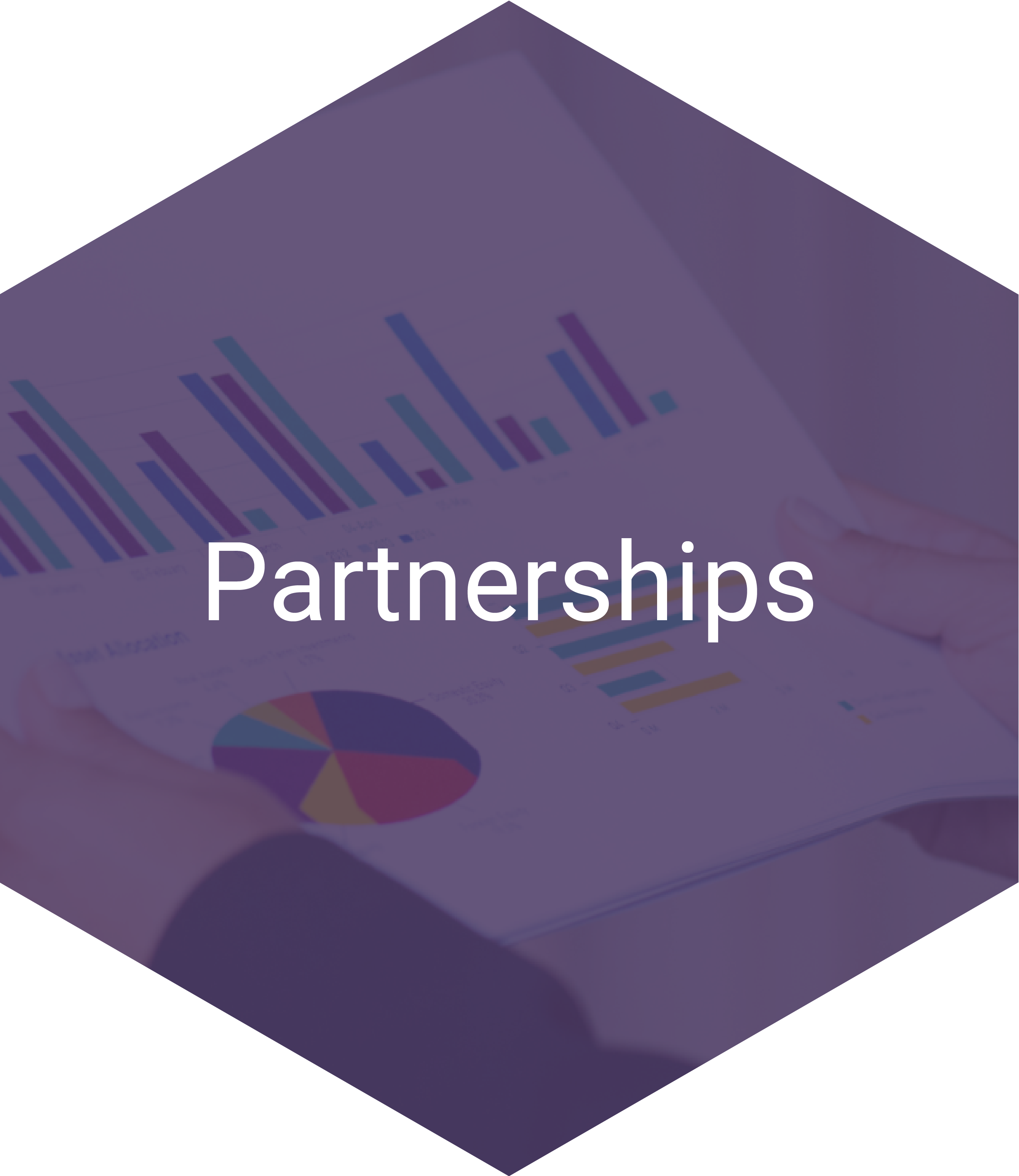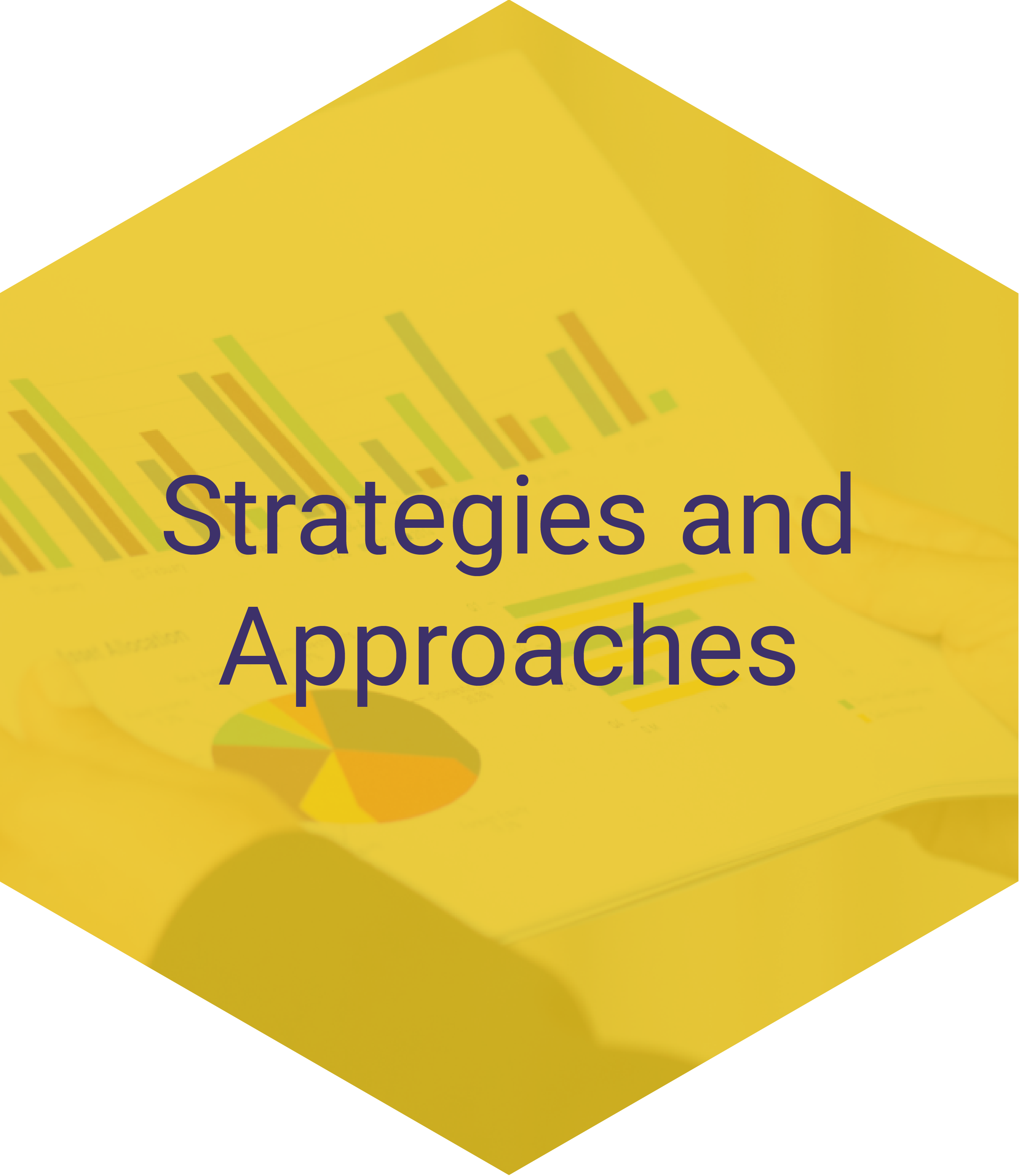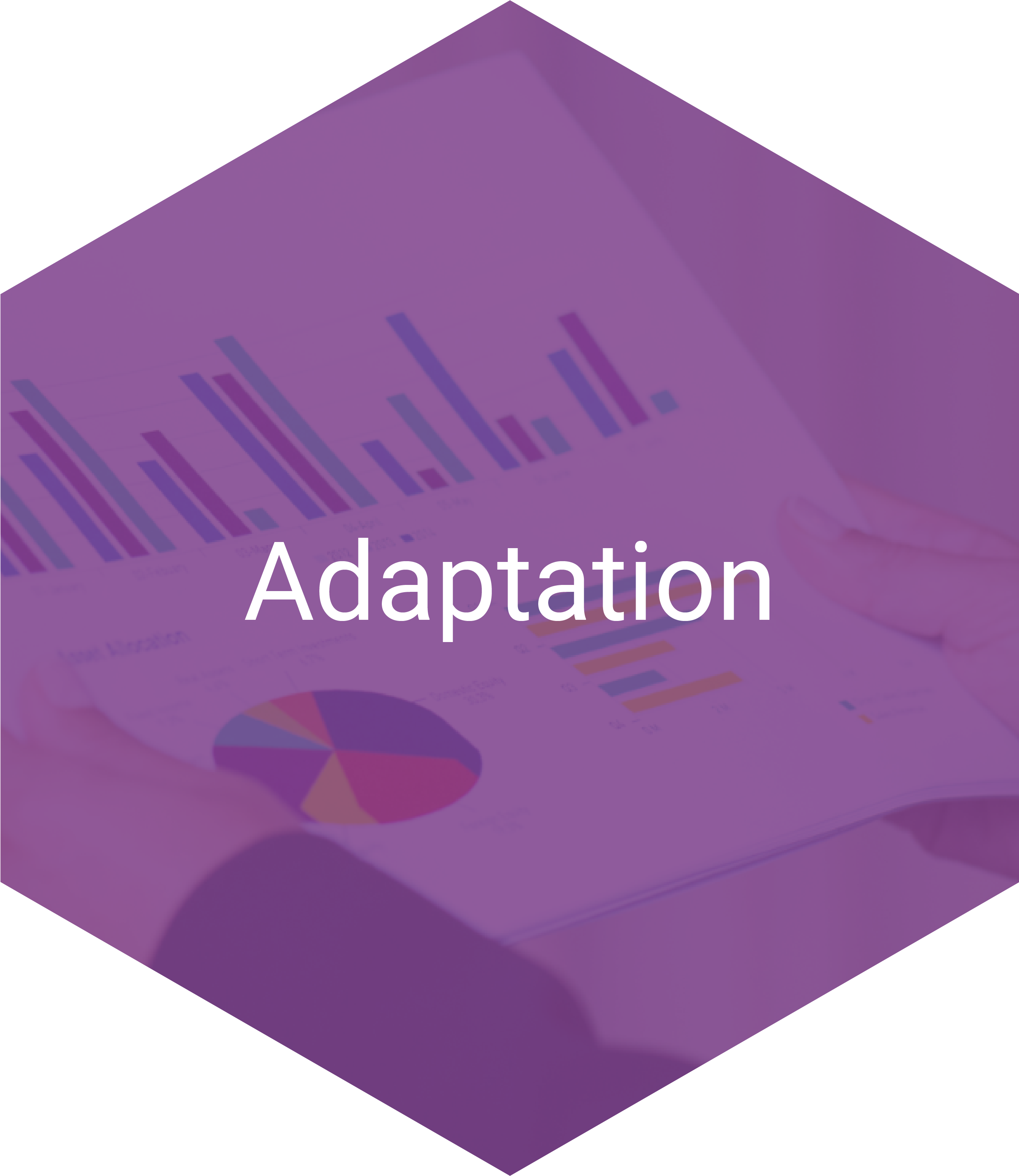Evaluation
keep your effort on track
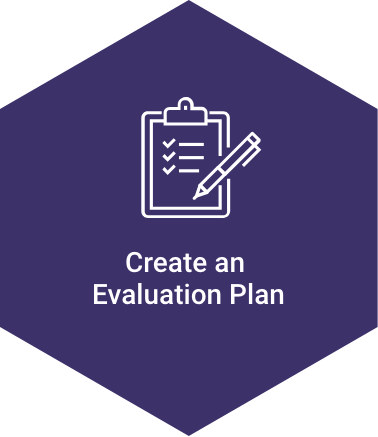
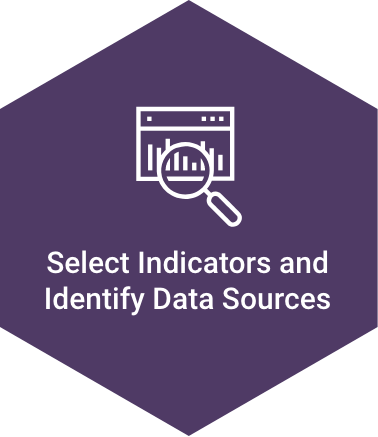

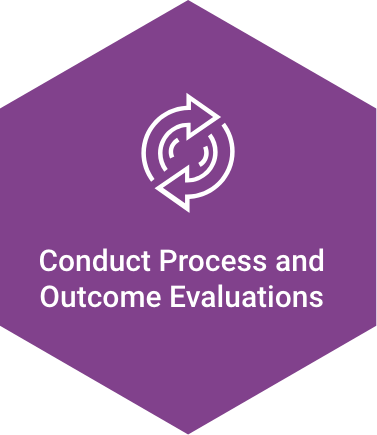
Program evaluation is an evidence-based approach to assess the value and impact of prevention programs, practices, and policies. It includes the continuous monitoring or routine data collection on implementation and outcomes over a regular period of time. It provides an in-depth look into how you carried out your plan, and whether or not you achieved the desired goals and outcomes.
Collaborating with community members and program participants can help guide the evaluation process. Community input can help you consider how your evaluation design and interpretations may be impacted based on lived experiences.
Planning and carrying out a comprehensive violence prevention plan takes time, attention, and resources. Evaluate your efforts as a whole and also measure the impact of individual policies, practices, and programs. Evaluation allows you to:
- Demonstrate the contribution and impact of your plan.
- Improve your overall plan.
- Help make adjustments to your approaches during implementation.
- Maintain accountability to stakeholders.
- Make the case for funding.
- Ensure your program is affecting participants and communities fairly.

 STORIES
STORIES RESOURCES
RESOURCES APPROACHES
APPROACHES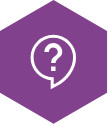 CONTACT
CONTACT


